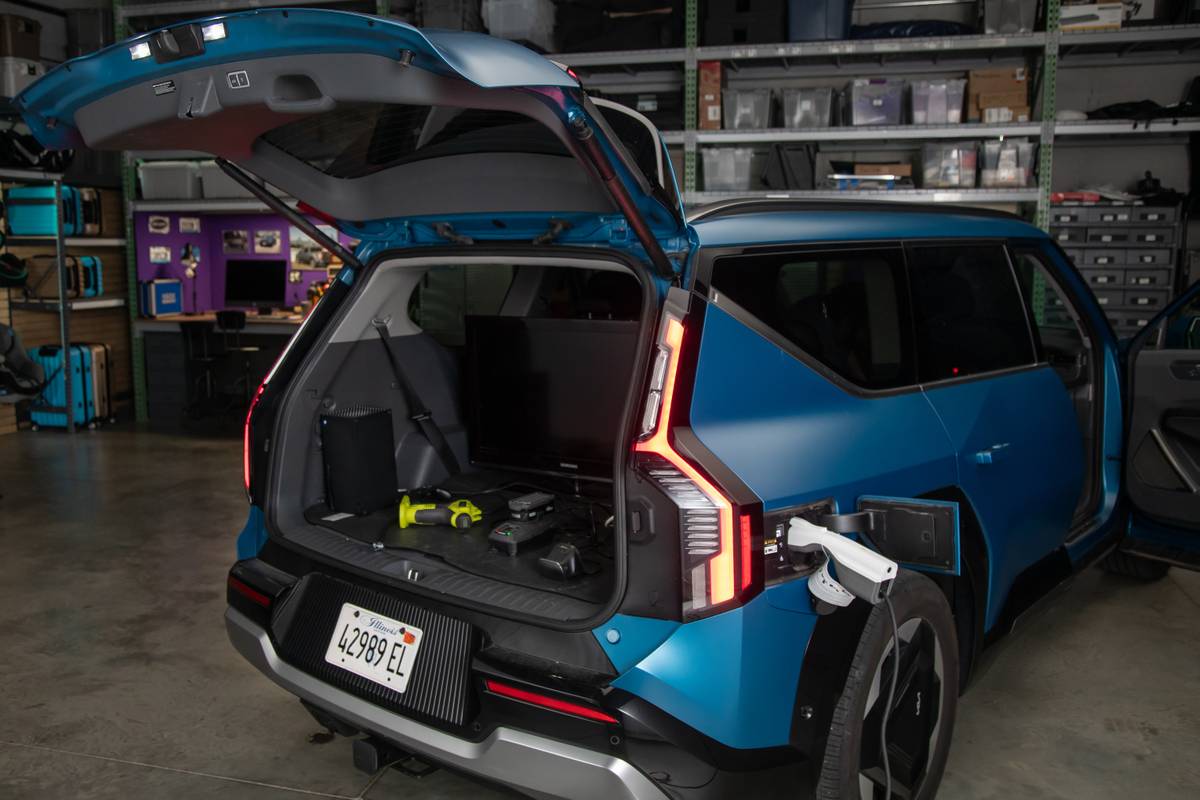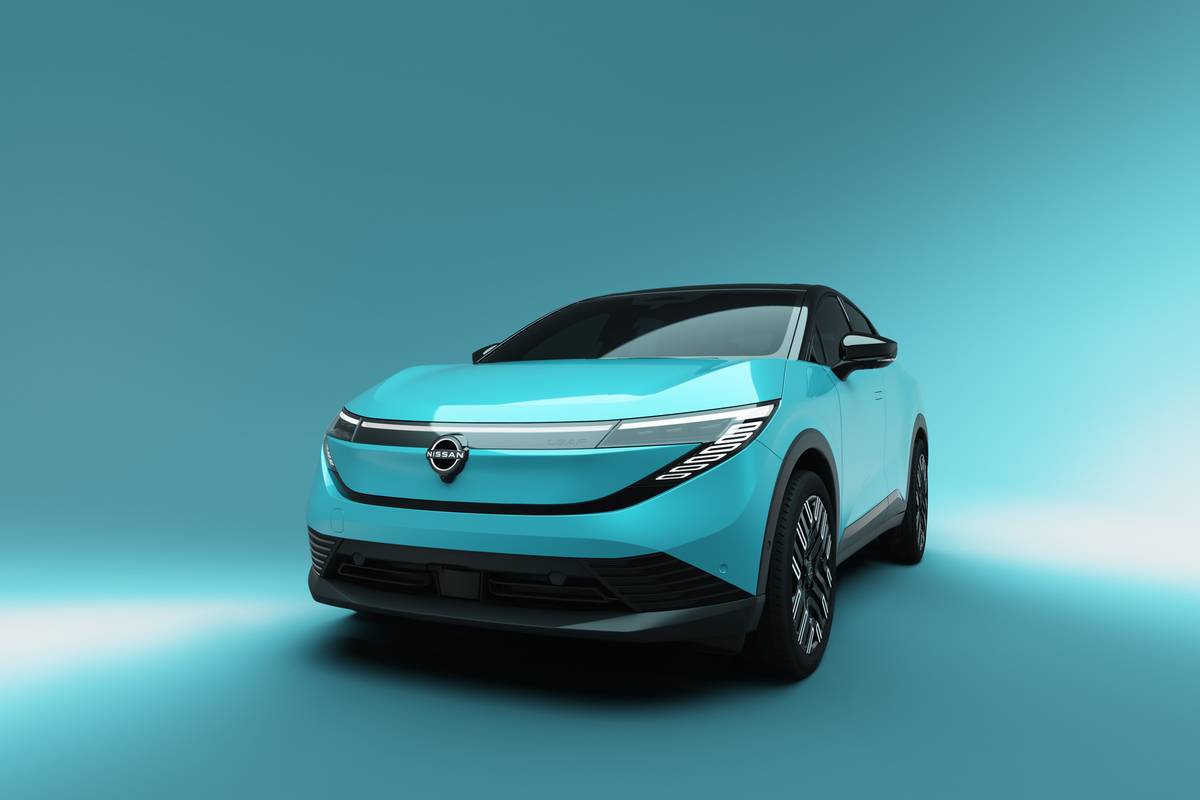KansasCity.com's view
Mazda’s CX-7 was first introduced in 2006 as a 2007 model, and three years later it remains an excellent example of what a crossover SUV can be.
For 2010, Mazda is offering two models, the iSV and iSport, that have a 161-horsepower engine instead of the turbocharged 244-horsepower engine that comes in the upper trim levels. The 2.5-liter engine is rated at 20 miles per gallon in the city and 28 on the highway, compared to the turbo, which is rated at 18 city and 25 highway. That’s not a huge difference, but it is enough to save a couple of hundred dollars in fuel over the course of a year’s driving.
CX-7 prices start at $21,550 for the iSV and top out at $32,885 for the S Grand Touring. I drove an iSport, and it had a base price of $22,340.
The 2.5-liter engine, also used in the Mazda3 and Mazda6, has chain-driven overhead camshafts, four valves per cylinder and dual counter-rotating balance shafts that cut down on vibration. The engine, mated to a lightweight five-speed automatic transmission, is offered only on front-wheel-drive models.
The Mazda’s 161 horsepower is comparable to the base engines in its competitors. The bulk of the engine’s torque is delivered at low engine speeds, and that enables the vehicle to have lively acceleration, at least with only one or two people in the vehicle.
Midsize crossovers are the most sensible SUVs on the market because they often use four-cylinder engines as a compromise between power and gas mileage. These medium-sized people haulers are large enough to handle a decent amount of cargo and yet small enough to maneuver easily. It’s no wonder that this segment continues to be popular.
Primary competitors are the Honda CR-V, Chevy Equinox, Toyota RAV4 and Nissan Rogue.
The CX-7 is available in front-wheel or all-wheel drive. Up to 50 percent torque can be sent to the rear wheels in the all-wheel drive version. Fuel economy is 19 miles per gallon in the city and 24 on the highway for front-wheel drive and 18 mpg city and 24 highway for all-wheel drive.
The CX-7 is very able, slick and cleverly executed. Its round shape makes it look more like a car than a boxy SUV. The sloping windshield, bulging-muscle fenders and tapered belt line add to its visual appeal.
The CX-7’s interior is a handsome blend of textures, shapes and materials. The instrument panel now has a small window in the center just under the windshield. The new multi-information screen displays trip computer information, the rear-view camera, radio information, navigation map and maintenance information. This small window is about the size of a portable GPS unit, and that makes the map easy to read without taking up a lot space. Because the window is high, it is just below the driver’s line of sight and easy to read.
Settling into the CX-7’s front bucket seats was quite pleasant. Their shape and contouring gave support in all the right places. The cloth upholstery looked good and was less slippery than leather.
The center console is handsomely laid out and has a lockable bin that is deep enough to hold a laptop computer.
Rear-seat legroom was fine as long as the front seats were not moved all the way back.
The split-folding rear seat collapses to create a load floor that is nearly 6 feet long. The CX-7’s roofline tapers toward the rear, and that impinges on the height of the cargo space. Rear seat releases are located in the cargo area for easy fold-down from the rear. One side of the reversible trunk floor is made of plastic so dirty items won’t stain the carpet.
Sports-car handling, especially in a fairly tall vehicle, is difficult to achieve. Mazda has done a good job of making the CX-7 feel responsive and tight. It doesn’t have the reflexes of a Miata, of course, but it is nicely balanced and agile. The fully independent suspension has MacPherson struts in front and a multilink rear axle whose compact design allows the cargo floor to be as low as possible.
Brakes are four-wheel disc with anti-lock. Traction control and stability control are standard as well.
The cabin has front, side and side-curtain airbags. A rollover sensor keeps the side-curtain airbags inflated longer if the vehicle turns over.
Price
The base price of the test vehicle was $22,340. Options included a cargo net, cargo cover, satellite radio, fog lights and the multi-information center with navigation and backup camera. The sticker price was $25,990.
Warranty
Three years or 36,000 miles, with a five-year, 60,000-mile powertrain warranty.
2010 Mazda CX-7 iSport
Engine: 2.5-liter, 161-hp 4-cyl.
Transmission: Automatic
Front-wheel drive
Wheelbase: 108.3 inches
Curb weight: 3,496 lbs.
Base price: $22,340
As driven: $25,990
Mpg rating: 20 city, 28 hwy.
To get in touch with Tom Strongman, send e-mail to tstrongman@kc.rr.com.
Latest news



